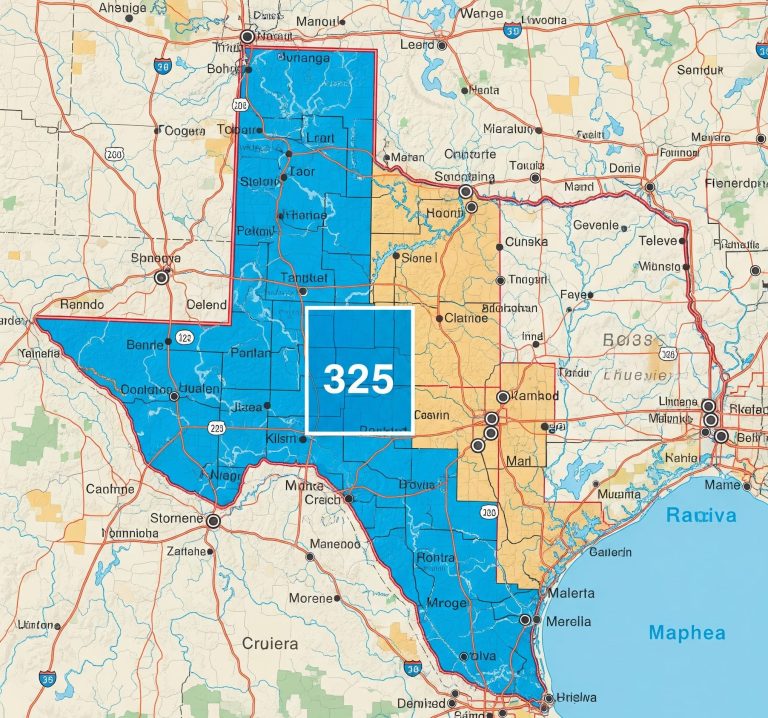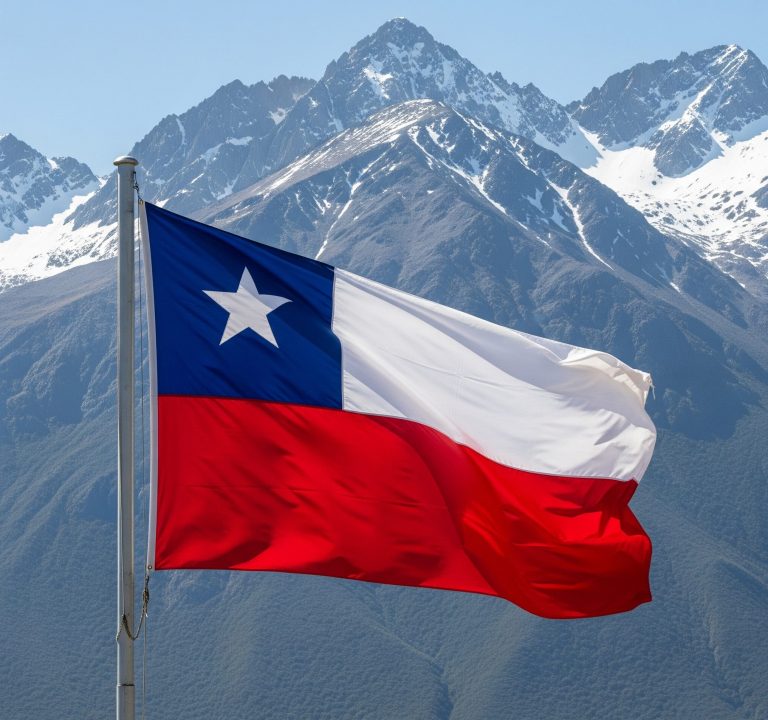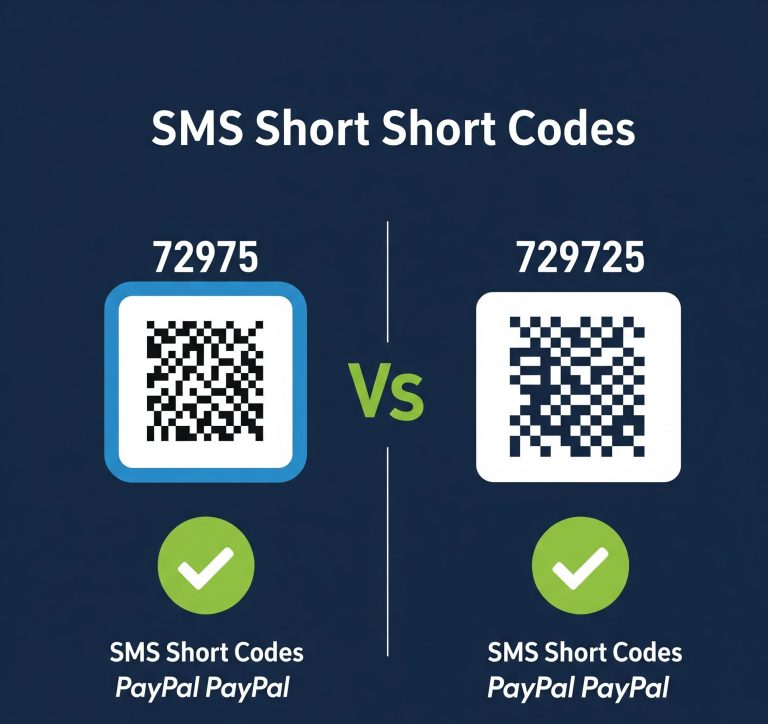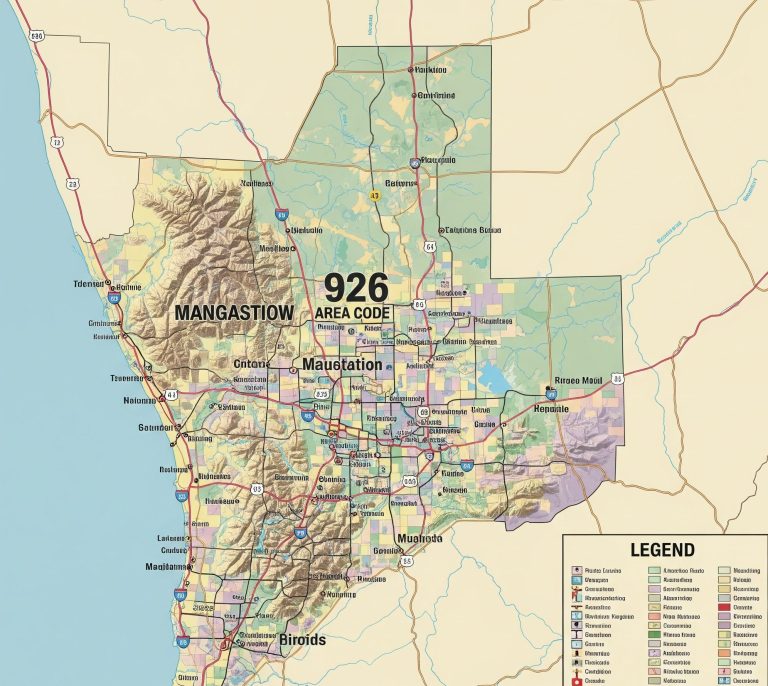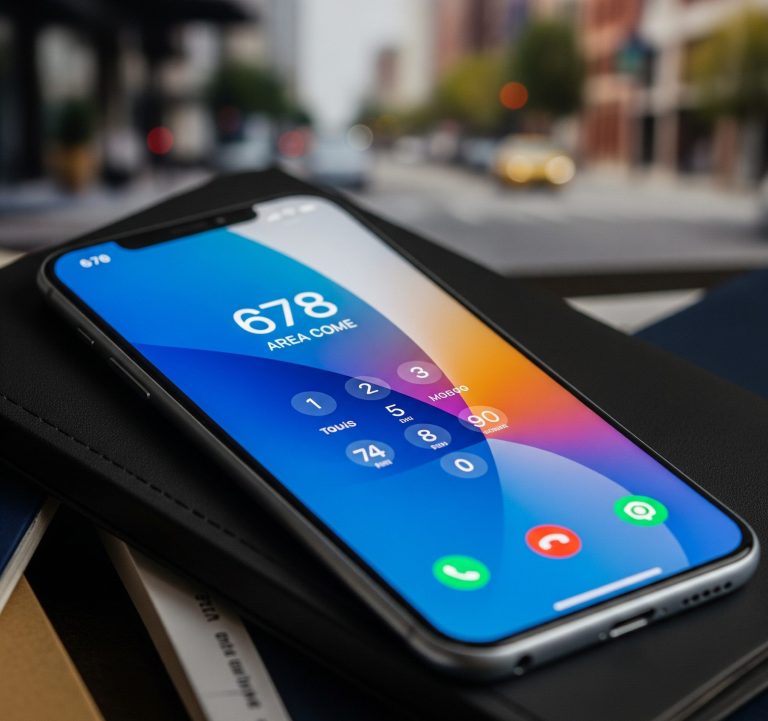For many Americans, a phone number’s area code is more than just a string of digits; it’s a geographical identifier, a clue to where a call originates, or even a nostalgic link to a hometown. We instantly recognize codes like 212 for New York City, 310 for Los Angeles, or 202 for Washington D.C. However, occasionally, a number might pop up that doesn’t immediately ring a bell, leading to questions about its origin and purpose. One such “area code” that can spark curiosity, particularly when discussing potential future numbering plans or unusual call patterns, is the 788 area code.
It’s important to clarify from the outset: there is currently no active 788 area code serving any geographic region in the United States. This might come as a surprise to some, especially if they’ve encountered references to it in specific contexts. The absence of an assigned 788 area code in the North American Numbering Plan (NANP) – the system that governs telephone numbering in the U.S., Canada, and several Caribbean nations – actually tells a compelling story about how our telephone network is managed and the foresight involved in planning for future communication needs.
Contents
Understanding the North American Numbering Plan (NANP)
The NANP is a hierarchical system that divides regions into numbering plan areas (NPAs), each identified by a unique three-digit area code. These codes are assigned and administered by the North American Numbering Plan Administrator (NANPA), ensuring that there are enough unique numbers for every landline and mobile device across the continent.
The Structure of Area Codes
Traditional area codes within the NANP adhere to specific patterns. Historically, the middle digit of an area code could only be a ‘0’ or ‘1’ (e.g., 202, 310, 804). The first digit could be anything from 2-9, and the last digit could be anything from 0-9. However, as the demand for phone numbers skyrocketed with the proliferation of cell phones and other communication devices, these rules were relaxed. Now, any digit (0-9) can occupy the second and third positions, provided the code does not conflict with existing special service codes or future planning.
The fact that 788 area code does not fit the historical ‘N0/1X’ pattern (where N is 2-9, and X is 0-9) and yet isn’t currently assigned, points to its status as either an unassigned code, a test code, or a code reserved for future use.
The Case of the “788 Area Code”: Unassigned or Reserved?
Since 788 area code is not in active use for general geographic service, its mention typically falls into one of two categories:
- Unassigned or Future Use Codes
The NANPA maintains a pool of unassigned area codes for future growth. As existing area codes become “exhausted” (meaning nearly all possible numbers within that code have been allocated), new area codes are introduced through overlays or geographic splits. The sequence of assigning these codes is carefully managed. It’s plausible that 788 area code exists within NANPA’s internal planning documents as a potential future code, but it has not yet been activated or publicly announced for assignment to a specific region.
This strategic reservation is crucial. It ensures that as populations grow and communication technologies evolve, there will always be a sufficient supply of unique telephone numbers. The process of assigning a new area code is complex, involving public hearings, regulatory approvals, and significant coordination with telecommunication providers.
- Internal Testing or Placeholder Codes
In some technical or system-level contexts, the string “788” might appear as a placeholder, a test code, or an example in a conceptual model. Developers, network engineers, or software testers might use non-existent or reserved codes like a hypothetical 788 area code in simulations or development environments to avoid interfering with live network traffic or existing assignments. This practice is common in the development world to ensure system robustness and scalability without impacting real-world operations.
If you encountered 788 area code in a data set, a programming example, or a technical document, it’s highly likely it falls into this category rather than indicating an actual operational area code.
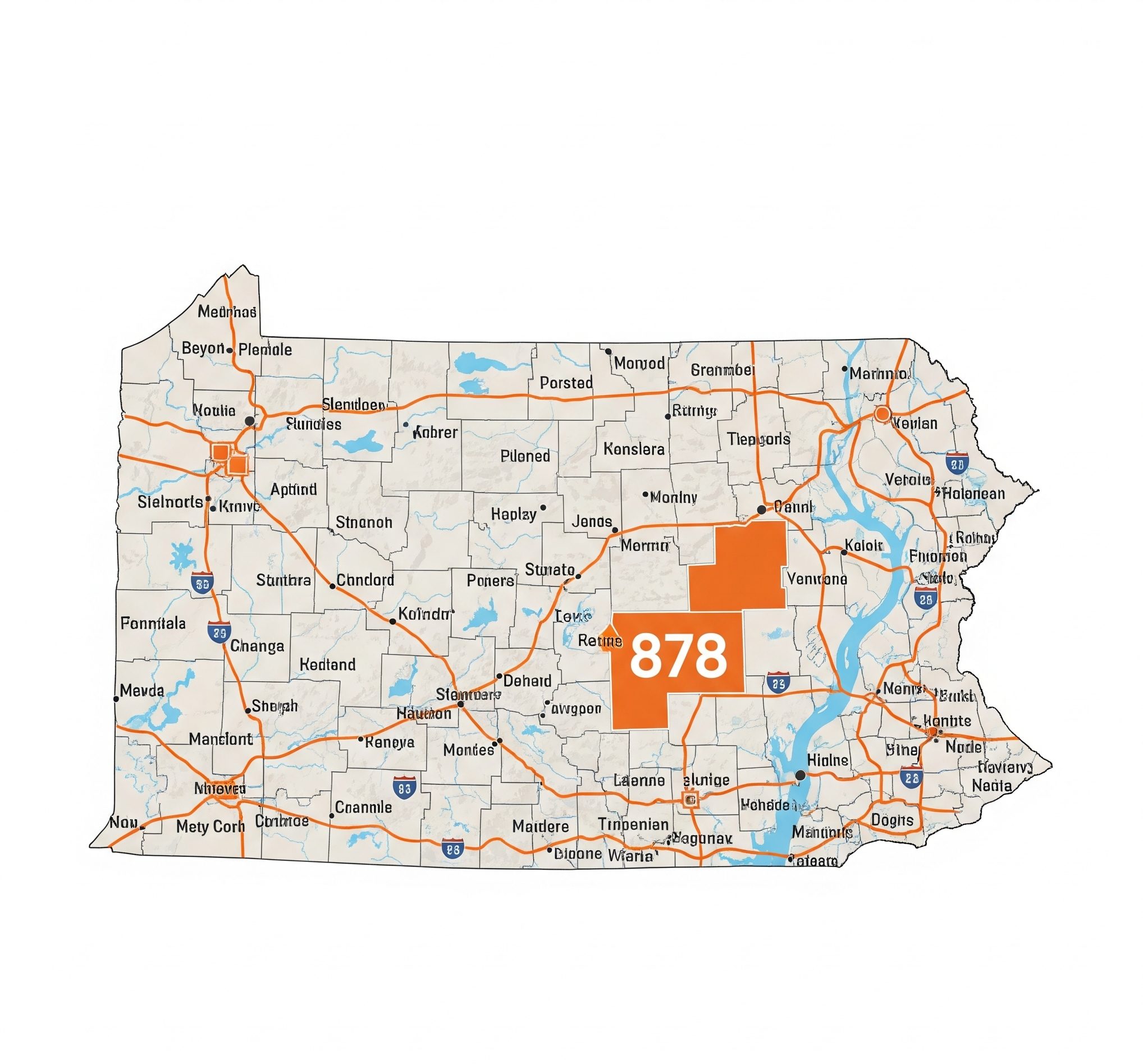
Why Do We Care About Unassigned Codes?
While a non-existent code like 788 area code might seem inconsequential, its discussion illuminates important aspects of our telecommunications infrastructure:
Resource Management and Future Planning
The NANP is a finite resource. Each area code can theoretically support millions of unique telephone numbers. With the explosion of mobile devices, IoT (Internet of Things) devices, and business lines, the demand for numbers is relentless. The careful management of assigned and unassigned codes, including those like the hypothetical 788 area code, is critical for ensuring the long-term viability of telephone communications in the U.S. and beyond. This involves sophisticated forecasting models to predict number exhaustion and plan for timely introduction of new codes.
Preventing Fraud and Misinformation
Understanding that certain codes, like 788 area code, are not legitimate geographic identifiers can help consumers identify potential scams or misleading information. Unfamiliar area codes are sometimes used in caller ID spoofing by fraudsters attempting to conceal their true location or impersonate legitimate entities. While 788 area code wouldn’t appear on a standard phone, awareness of which codes are legitimate helps in identifying suspicious calls.
The Evolution of Telecommunications
The very concept of area codes is undergoing a subtle evolution. With the rise of VoIP (Voice over Internet Protocol) and widespread mobile usage, the strict geographic ties of area codes are becoming somewhat less rigid for end-users. However, for the underlying network infrastructure and regulatory purposes, area codes remain fundamental for routing calls, managing interconnections between carriers, and ensuring emergency services (like 911) can accurately pinpoint a caller’s location. The existence of reserved codes like a potential 788 area code underscores the ongoing need for a structured numbering system, even as communication methods diversify.
Conclusion: The Unseen Mechanics of Communication
The absence of an active 788 area code in the United States is not a gap in the system, but rather a testament to its meticulous design and forward-thinking administration. It represents a code either held in reserve for future growth, used for internal testing, or simply a hypothetical construct. For the American public, understanding the methodical approach to telephone numbering – from actively used codes to those that remain unassigned like the 788 area code – offers a glimpse into the complex yet robust infrastructure that supports our daily communications. It’s a reminder that even the seemingly simple act of making a phone call relies on a vast, well-organized system designed to connect us, reliably and efficiently, across the nation.


